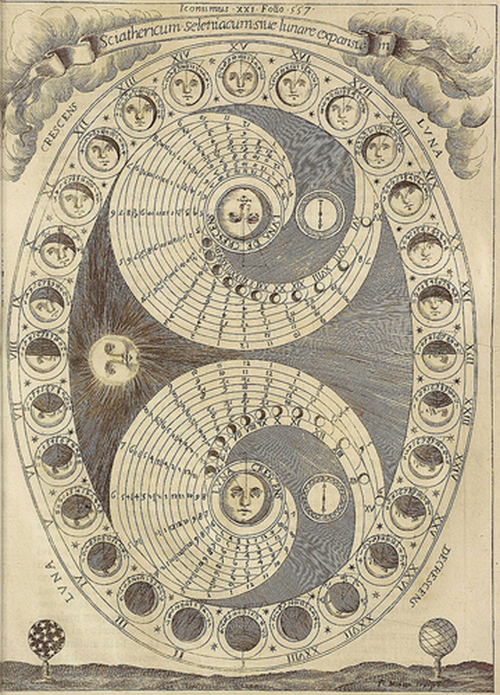Multi-Channel Narratives: Sound and Myth-making
Curated by Emmanuel Spinelli
Doors open at 7:30pm, programme begins at 8pm sharp
(£5 entry on the door)
The Golem of Hereford 8.1 diffusion By Emmanuel Spinelli and Tom Mudd
The Golem of Hereford is a generative soundscape composition that explores the capture, construction, and boundaries of testimony, narrative, beliefs, and memory. The project began with the search for the remains of a small group of people who lived on Maylord Street (then called Jewry Lane…) in Hereford (England), between 1179 and 1290, until they all disappeared, many without trace.
Did they build a Golem? If so, can it be excavated?
In Un Coup de Dés Jamais N’Abolira Le Hasard, Mallarmé turns his poem into a map. Fragmented utterances become spacial coordinates and invite the reader to journey through the topography of the text. Following a similar principle, the disembodied voice of the Golem is constructed from a bank of more than 2000 fragments of text algorithmically reorganised in real-time, thus creating a map of quasi-infinite potential where the narrative constantly shifts from place to place, from subject to subject, from one point of reference to another.
Often, in the absence of archaeological evidence, one only finds a mythology. The Golem of Hereford, silent creature in the process of becoming a body without organs, talks to us through the voice of another and reinvents its own history with every performance.
Via interruptions of the schizo-narrative, each section of the myth is augmented by a series of field recordings from: Maylord Street – the Cathedral Church of St Mary the Virgin and St Ethelbert the King – the Chained Library – Mappa Mundi’s Museum – Hereford’s market – Princelet Street (London) – a soldier’s funeral – the Golem’s house – all around Hereford.
-Emmanuel Spinelli: Original concept, field recordings, interviews, composition. -Tom Mudd: Visuals, design, programming.
__________________________________________________
Theatre (in four parts) Part 4: ‘In the past before the past, the thinker’ and In the past before the past, the fairytale Two short films by Nathalie Tafelmacher Magnat
__________________________________________________
Porcelain Resonance Study 8:1 diffusion + visuals By Tom Mudd
A live performance that is part of an ongoing collaboration with James Alaska and Tobias Stürmer focused on the sound of porcelain, and specifically the collection of objects created by the ceramicist Walther Stürmer. The set will revolve around recordings of a large, cracked porcelain disc and uses the frequency spectrum as raw material to synthesize harmonic material.
ABOUT THIS MONTH'S GUEST CURATOR: Emmanuel Spinelli is a composer, sound designer and music lecturer who has collaborated with film/theatre companies and artists in France, the UK, and Europe. He has been involved in electro-acoustic composition, live electronics and free improvisation since 1998. Through the years he has become more and more interested in issues related to soundscape transformations, manipulations of historical data, and memory, particularly in relation to the Holocaust. He is also interested in the potential of free improvisation and live electronics (Max/Msp) to develop interactive audio-visual works. He is developing his compositions and research around the notion of Acoustic-phenotypology, that is to say the perception of individual identities through sound. All his work, at one level or another, explores human presence and history, through the cognition of the disembodied voice, sounding body, and environment.
‘So when you hear yourself invited to ‘see’, it is not the sight of this eye (of the flesh) that I would have you think about. You have another eye within, much clearer that that one, an eye that looks at the past, the present, and the future all at once, which sheds the light and keenness of its vision over all things, which penetrates things hidden and searches into complexities, needing no other light by which to see all this, but seeing by the light that it possesses itself.’ (Hugh of St Victor)

